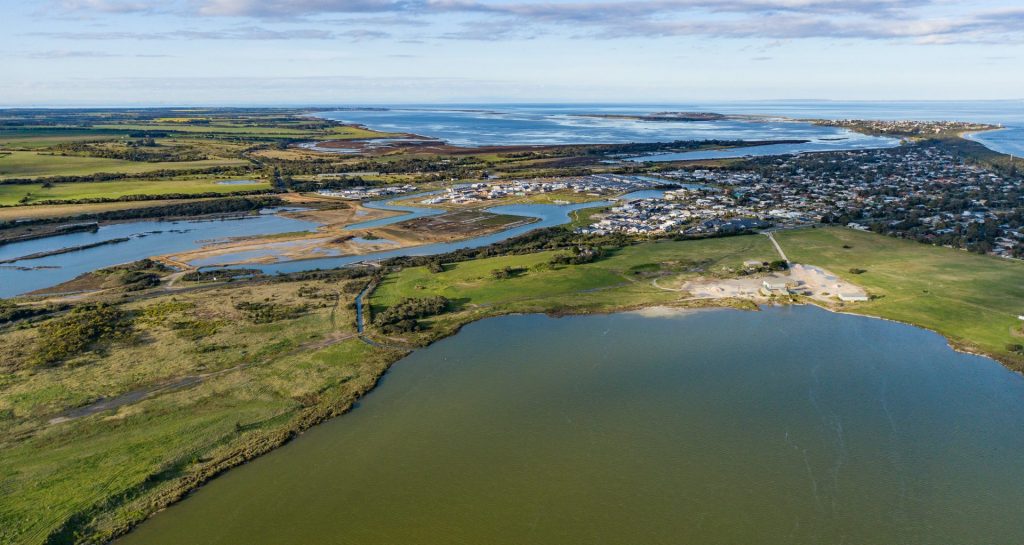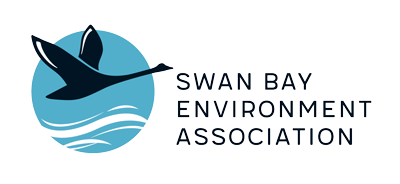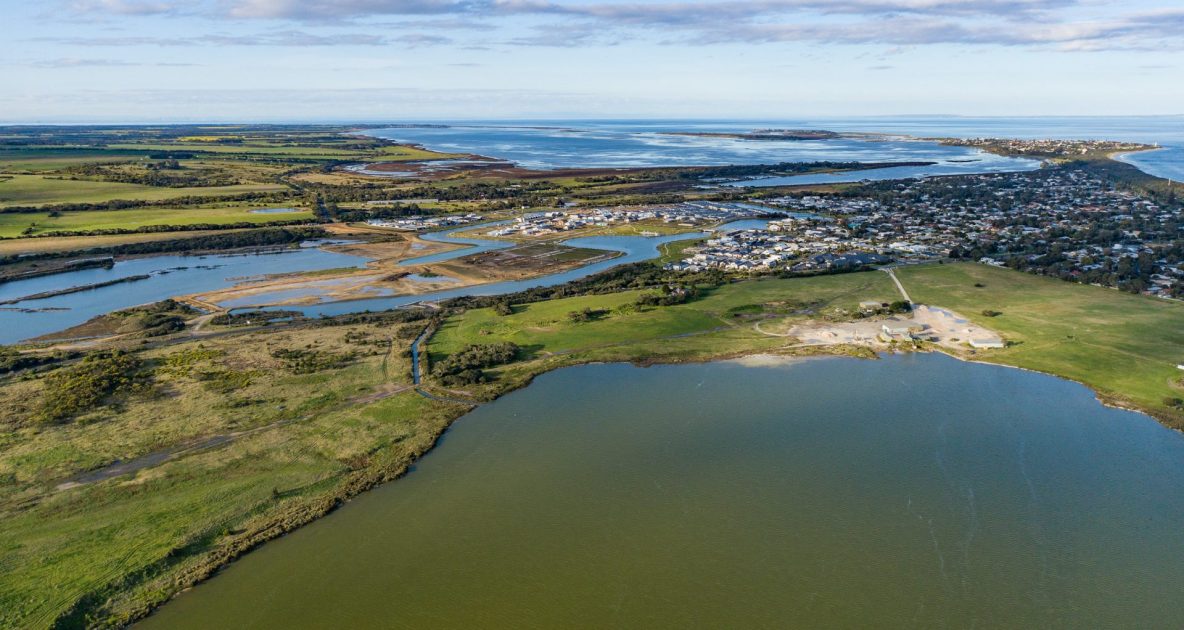
In our December Newsletter we included findings from a report, prepared for us by consultancy Marine Ecological Solutions, that analysed water quality at ‘The Point’ canal estate.
SBEA is concerned that the estate may increase nutrient concentrations in Lakers Cutting, potentially lead to algal blooms and de-oxygenation, and cause a loss of amenity to nearby residents. When sending the report to the Victorian Government and the developers, SBEA President Roel Wasterval said in the cover letter that although The Point’s water quality standards are included in its Water Quality Management Plan (WQMP), the plan was not publicly released until 18 months after its approval:
‘The apparent attempt to keep the WQMP out of the public domain, causes us to doubt the objectivity of aspects of the WQMP. Consequently, we suggest that a minor change be made to the WQMP so that the proponent is required to monitor nutrients in Lakers Cutting as part of their long-term monitoring.
‘The rationale for not monitoring nutrients in Lakers Cutting or Swan Bay in the WQMP was that this monitoring “has no value for the project and because there are many factors beyond the control of this project that affected water quality at these locations (WQMP, p15)”. That stormwater from Ward and Nelson Roads, as well as from “The Point”, may contribute to a decline in water quality in Lakers Cutting increases its vulnerability, and should therefore increase the need to monitor this vulnerable water body.
‘Should a decline in water quality be evident, its cause can be determined subsequently, and knowing the timing and extent of any decline will also be important for managing the water quality in the canal within “The Point” development.
‘The WQMP proposes that instead of monitoring water quality in Lakers Cutting that the effect of “The Point “on water quality can be judged by comparing concentrations at the intake and discharge points of the canal system. This approach is only adequate when there is no mixing of intake and discharge waters. As the intake and discharge are very close together, the degree of mixing may be substantial making the approach in the WQMP problematic. The marginal cost to the developers of “The Point” of measuring nutrients in Lakers Cutting is negligible (~$2500/year undertaken every 5 years, i.e. $500/year).’
Copies of the monitoring report can be obtained from Greg Parry at greg.parry@marecol.net.au
In other news: ‘Carols and Christmas lunch’ at our nursery; Bellarine Catchment Network’s ‘Cemetery planting and weeding’; Bellarine Landcare Group’s ‘Camera in the treetops’.

